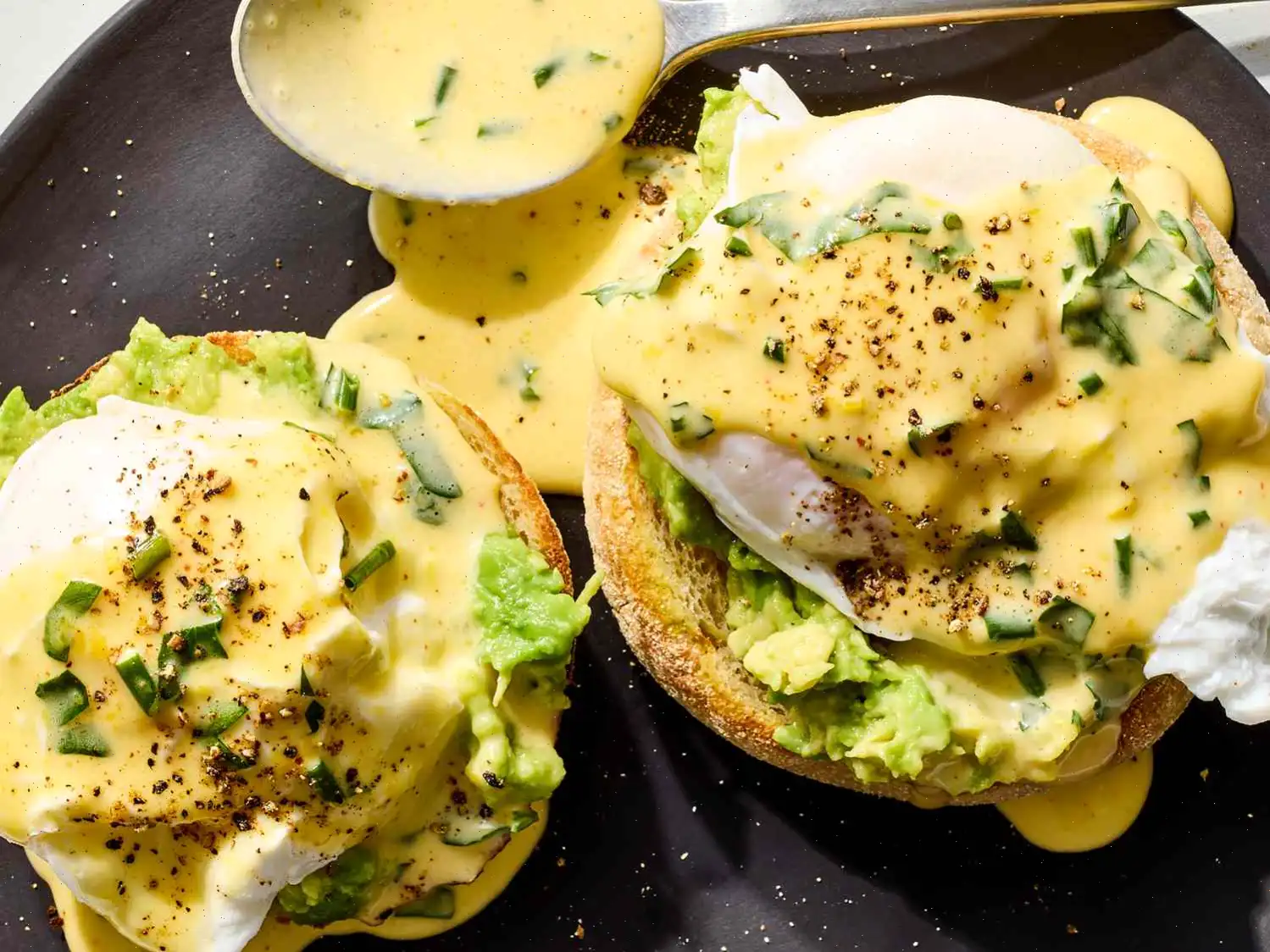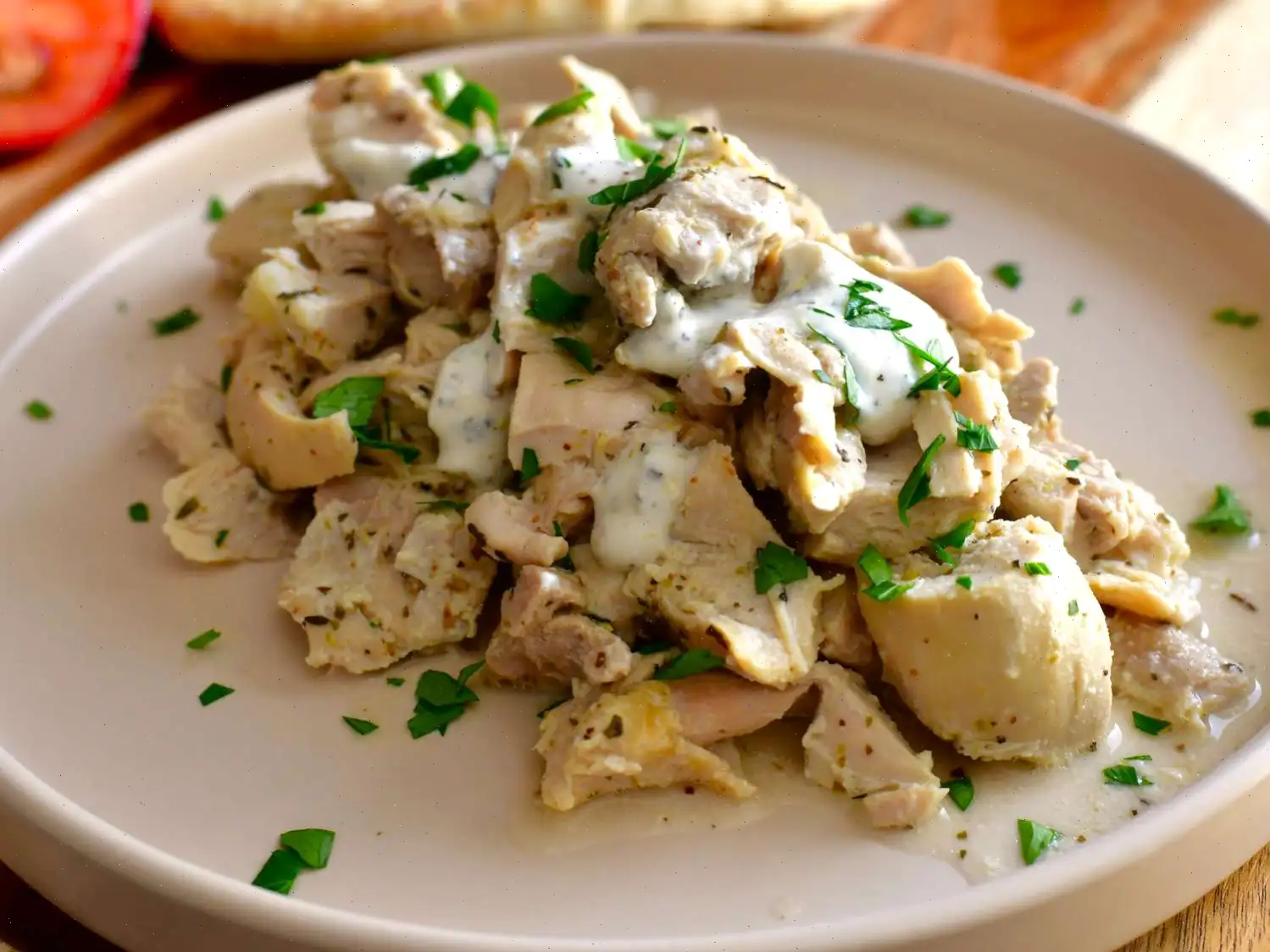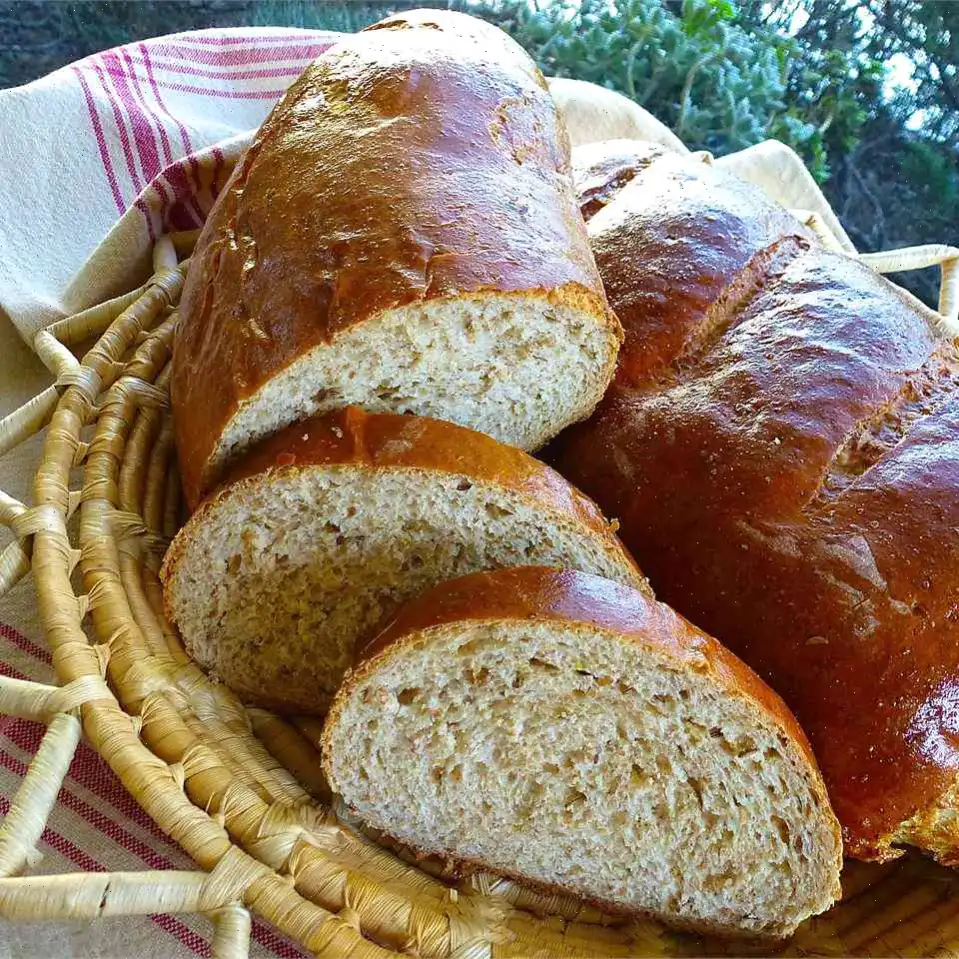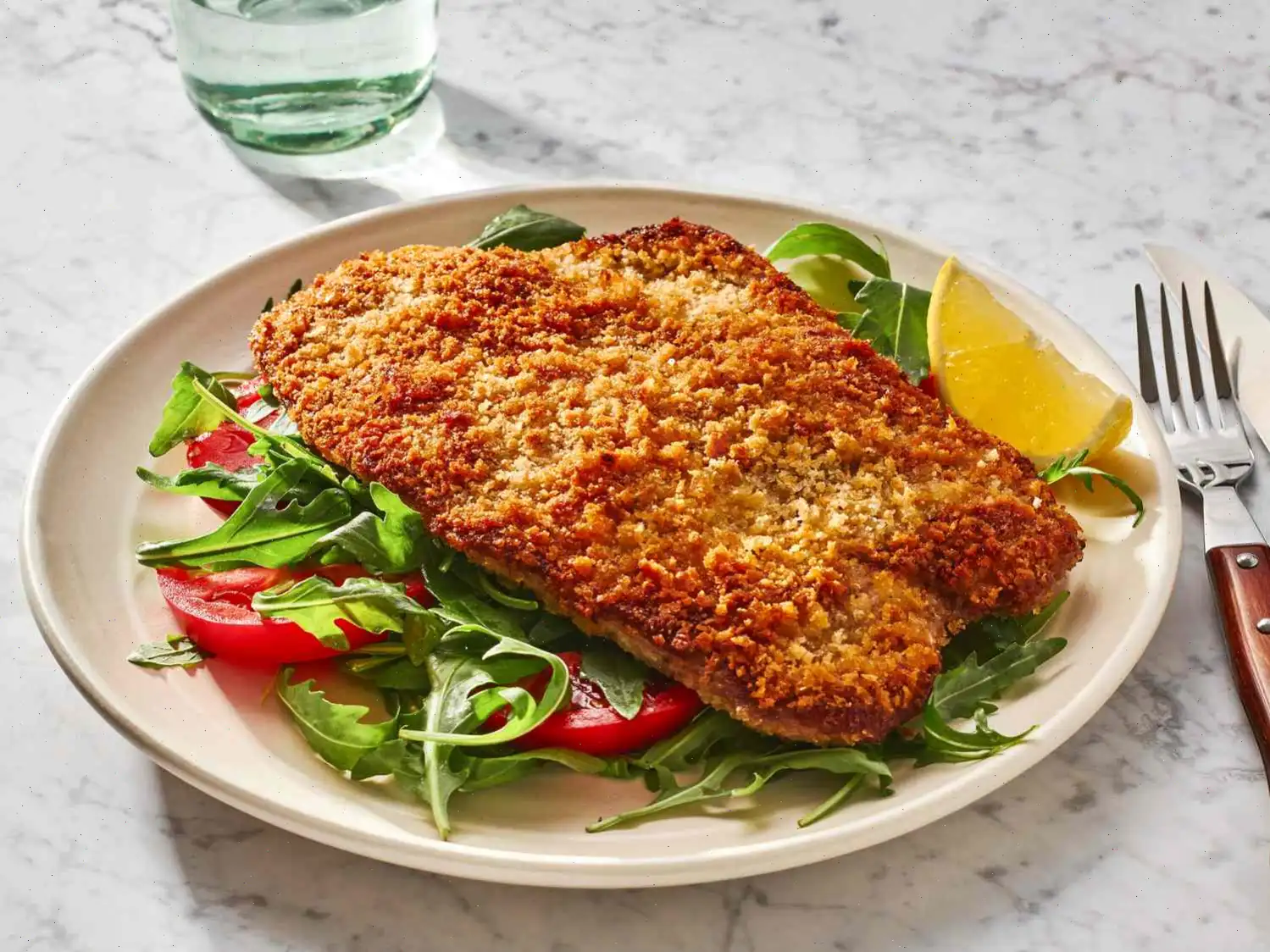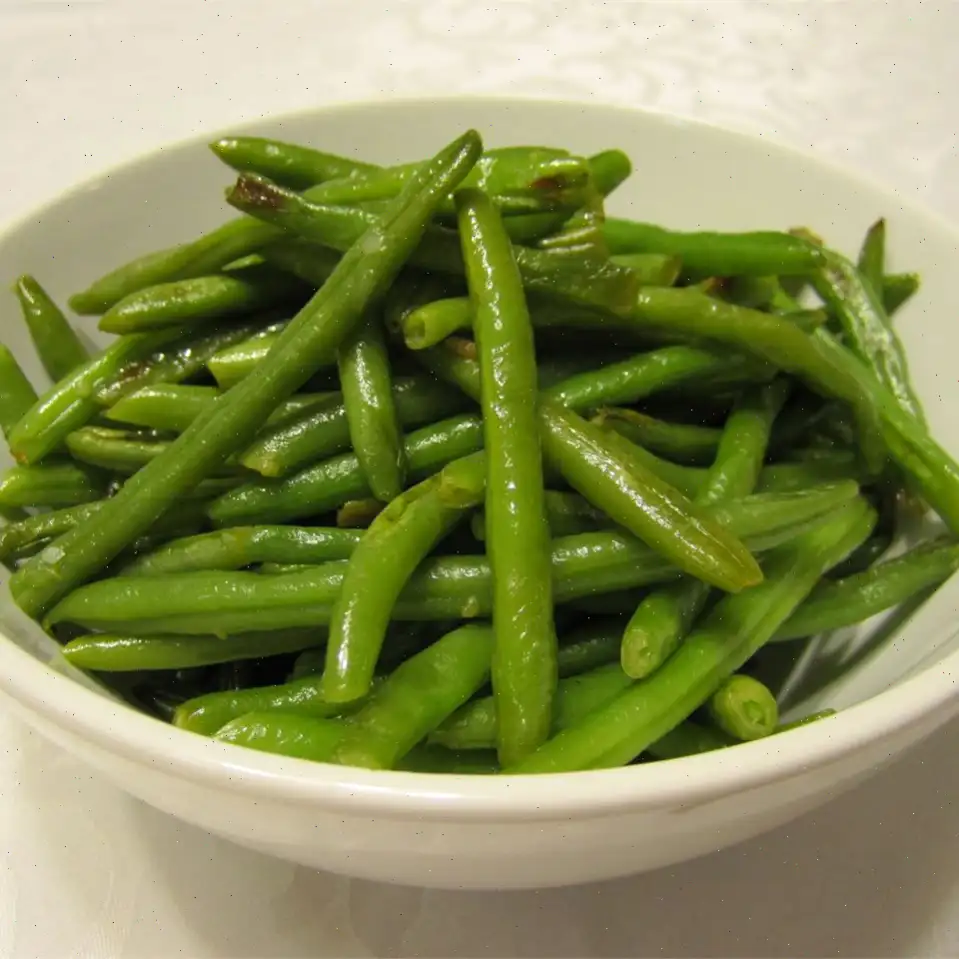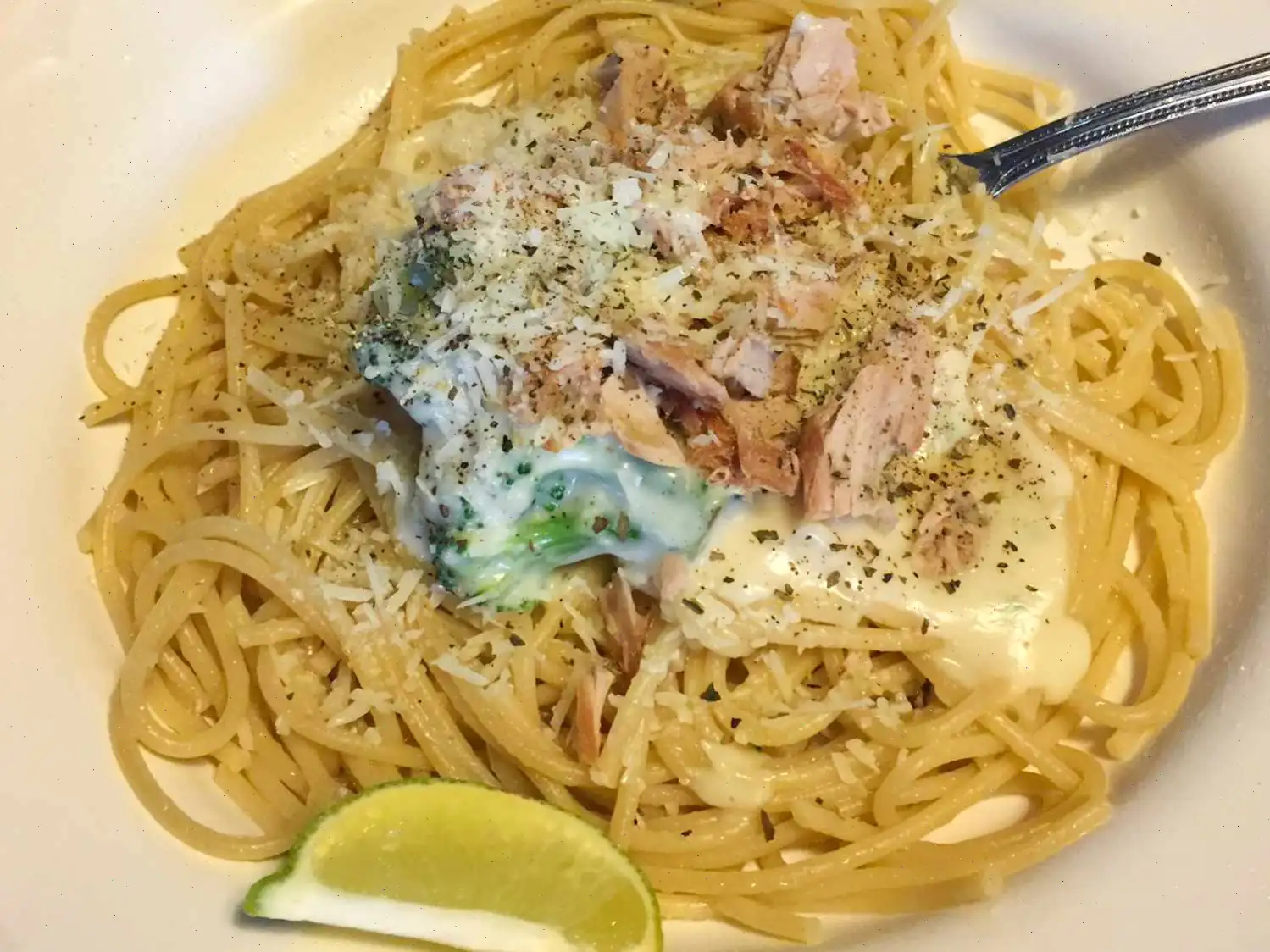
Lime-Herb Hollandaise Recipe
Original recipe (1X) yields 8 servings
Ingredients
- 4 egg yolks
- 2 teaspoons fresh lime juice
- 10 tablespoons unsalted butter, melted
- 2 tablespoons chopped fresh cilantro, parsley, and/or chives
- 1/2 teaspoon kosher salt
- Pinch of cayenne pepper
Directions
Step 1: Place a small glass of warm water near the stovetop.
Step 2: In a glass or metal bowl, whisk together egg yolks and lime juice until smooth and well combined.
Step 3: Set the bowl over a small saucepan of simmering water (ensure the bowl does not touch the water).
Step 4: Whisk the egg mixture constantly. Occasionally move the bowl on and off the saucepan, until the mixture thickens, becomes light yellow, and doubles in volume.
Recipe Tip: The sauce is ready when it reaches the ribbon stage. Dip the whisk in and out of the sauce; it should fall in a continuous thick stream and rest on the surface for a few moments before reincorporating.
Step 5: Remove the bowl from heat. If the mixture begins to thicken too much, whisk in 1 tablespoon of warm water from the glass.
Step 6: Return the saucepan to the heat and place the bowl over the steaming water. Gradually drizzle in the melted butter, 1 tablespoon at a time, whisking constantly until all the butter is fully incorporated. Be careful not to add the butter too quickly, or the mixture may separate.
Step 7: Whisk in the herbs, salt, and cayenne pepper.
Step 8: If the sauce becomes too thick or starts to separate, remove it from the heat and whisk in warm water, 1 teaspoon at a time, until the desired consistency is reached.
Step 9: Serve immediately.
Editors Note
For the best results, use a heatproof glass or stainless steel bowl to emulsify the eggs and lime juice. A glass bowl offers better insulation, preventing the eggs from overcooking, while a metal bowl works faster. Avoid using aluminum or copper bowls, as the acidity from the citrus will react with these metals and impart a metallic taste.
Nutrition Facts (per serving)
| Calories | 170 |
|---|---|
| Total Fat | 17g |
| Saturated Fat | 10g |
| Cholesterol | 154mg |
| Sodium | 117mg |
| Total Carbohydrates | 0g |
| Dietary Fiber | 0g |
| Total Sugars | 0g |
| Protein | 4g |
| Vitamin C | 0mg |
| Calcium | 21mg |
| Iron | 1mg |
| Potassium | 44mg |
Servings Per Recipe: 8
Percent Daily Values are based on a 2,000-calorie diet.
The Story Behind Lime-Herb Hollandaise
The Hollandaise sauce has its roots in French cuisine, dating back to the 17th century. Traditionally, it is one of the five mother sauces described by culinary pioneers like Antoine Carme. The lime-herb variation is a modern twist that adds fresh citrus notes and aromatic herbs to the classic buttery emulsion. While the original sauce relied solely on lemon juice for acidity, the introduction of lime gives it a brighter, slightly tangy flavor that pairs beautifully with seafood and fresh vegetables.
Regional Characteristics
While Hollandaise originated in France, the lime-herb adaptation is particularly popular in American and coastal cuisines. In the southern United States, chefs often incorporate cilantro or parsley, reflecting the regions love for vibrant, fresh ingredients. On the West Coast, it is commonly served with Pacific seafood, and the herbs used often reflect local availabilitysuch as chives or tarragoncreating subtle regional variations that highlight local flavors.
What Sets It Apart From Similar Sauces
Unlike other emulsified sauces such as Barnaise or classic Hollandaise, lime-herb Hollandaise stands out for its bright, citrus-forward taste combined with the herbal freshness. Barnaise, for instance, uses tarragon and shallots but relies on white wine vinegar rather than citrus, giving it a sharper, more pungent flavor. The lime-herb version is lighter and more versatile, able to complement not just eggs Benedict, but also vegetables, fish, and poultry without overwhelming the main dish.
Where It Is Typically Served
Lime-herb Hollandaise is often featured in brunch menus, especially with poached eggs, avocado toast, or crab cakes. It also appears as a luxurious finishing touch for grilled or roasted fish, steamed asparagus, and new potatoes. Fine-dining restaurants frequently serve it as a drizzle over delicate proteins, while home cooks enjoy it for its simplicity and quick preparation, adding elegance to weekend breakfasts or holiday meals.
Interesting Facts
- Despite being called Hollandaise, the sauce is French in origin; the name may have been influenced by historical trade links with the Netherlands.
- Lime juice acts as a natural stabilizer for the sauce, making it slightly easier to emulsify than the traditional lemon version.
- The sauce must be served immediately or kept warm gently; reheating can cause it to separate, which is why many chefs prefer to make it tableside in restaurants.
- Herbs are not just decorativethey enhance the flavor profile and balance the richness of butter and egg yolks.
- Lime-herb Hollandaise can be paired with unexpected foods like roasted corn or grilled shrimp, showcasing its versatility beyond classic brunch dishes.


